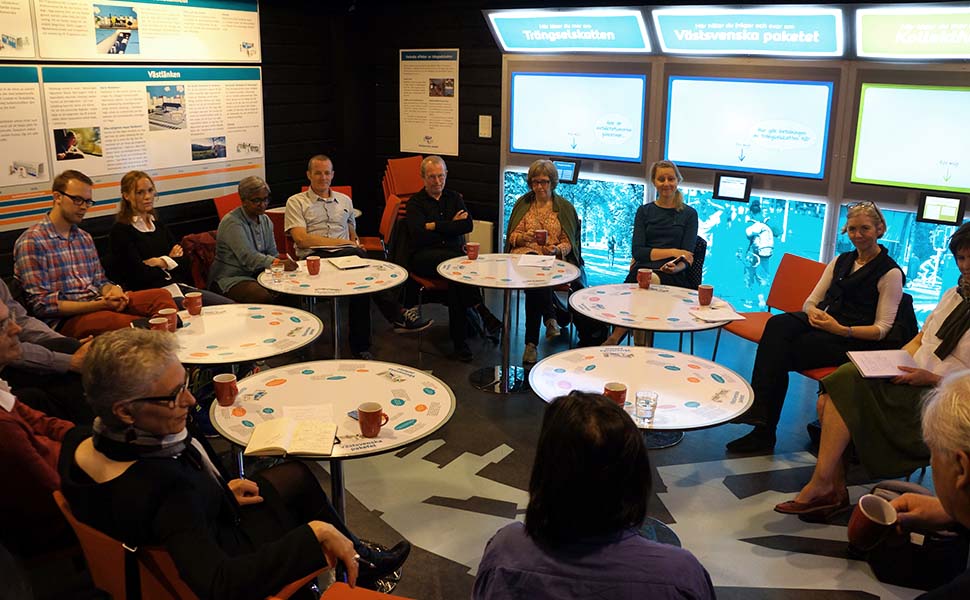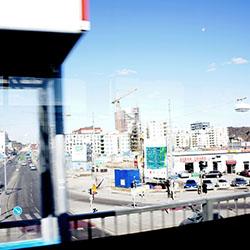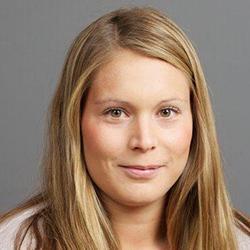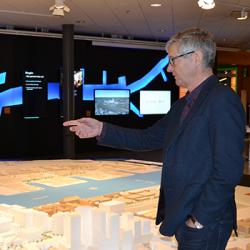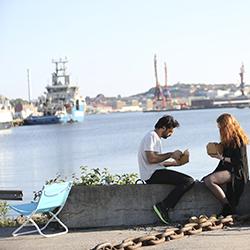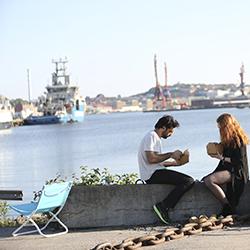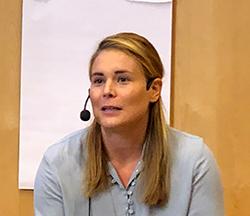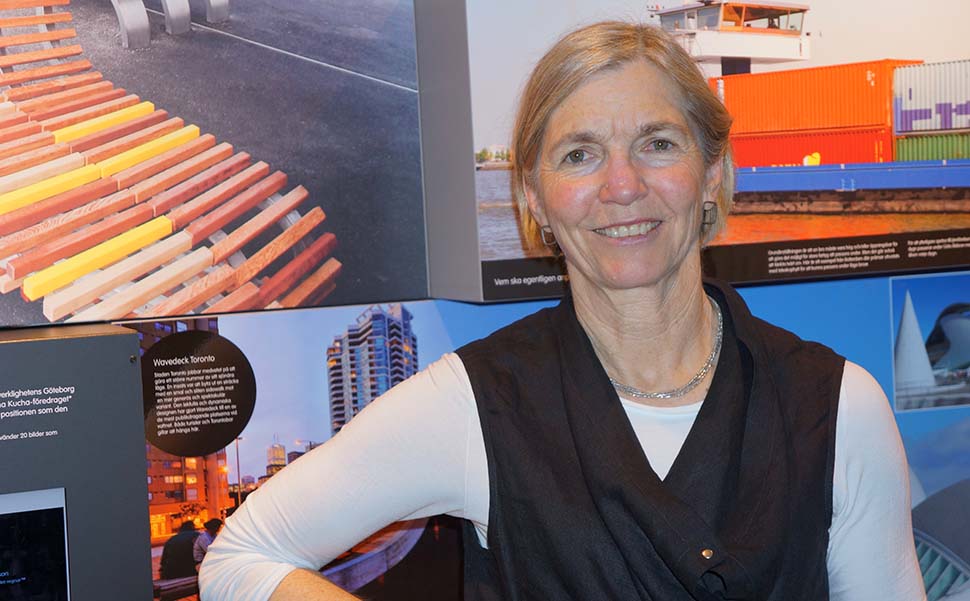
From vision to everyday life
When implementing a vision there are many challenges, from organizational to lifestyle challenges. One challenge is to fill the vision with life, the large scale vision has to be filled with everyday small scale functions.
On the 17th of June around 20 people from the city, the region and Chalmers gathered to discuss the challenges of implementing the River City vision which was adopted in October 2012 by the Gothenburg City Council. The vision sets out that Gothenburg shall become an inviting, vibrant and sustainable regional center.
The workshop was held by Dana Cuff, Professor of Architecture/Urban Design and Urban Planning at UCLA together with Jennifer Wolch, Dean of the College of Environmental Design and Michael Dear Professor of City & Regional Planning both from the University of California, Berkeley. Dana Cuff is a visiting professor at Chalmers University of Technology and Mistra Urban Futures. As Director of the think tank cityLAB-UCLA, Dana Cuff’s expertise is in urban design and implementation. She started the workshop by saying that the vision is a remarkable document, particular the work with citizen participation.
Dana Cuff, what is your impression of Gothenburg and the River City?
- I find Gothenburg a very interesting city. It has the strength of an historic city and the problems of an emerging city.
What are the main challenges for Gothenburg?
- That is what I am trying to figure out, among other things through this workshop. But my first impression is that many of the challenges are connected to the north side of the city and how to connect the north and south side. It is also about scale, how to translate the large scale visions into small scale actions. How do we get the vision turned into everyday life? It is an impressive vision, but what does it mean on the ground? How does the plan meet the people?
What are the main opportunities for Gothenburg?
- Gothenburg is a beautiful place with many parks, courtyards and shared gardens. We do not have the shared courtyards in Los Angeles, they are fantastic. There are many urban living rooms in the city, Slottsskogen for example. Urban farming would be one opportunity to build on. The city´s history, the river itself and the development of the River City are other opportunities. But don´t turn Frihamnen into a theme park. The site should be developed based on its industrial past. That is what makes the area interesting. The high environmental awareness in Sweden is of course also a great opportunity.
What is your advice to everyone working with implementing the River City vision?
- As a newcomer to Gothenburg, it would be presumptuous to offer advice to people who have been working so long on the River City vision. My own research about large-scale urban development, like the River City vision, suggests that such plans must be implemented in a very flexible manner. It takes years and many phases to build a vision as forward-looking as Gothenburg’s. It will be important to learn from early experiences, to the benefit of later phases. A dynamic, emerging approach to implementation is a worthy goal.
Dana Cuff is a visiting professor at Chalmers University of Technology and Mistra Urban Futures. She will be working together with Mistra Urban Futures for two years and will be in Gothenburg for extended periods during that time. She will be studying a range of questions related to the architecture and planning of Gothenburg’s River City vision.
Learn more about Professor Dana Cuff
Learn more about The River City vision
